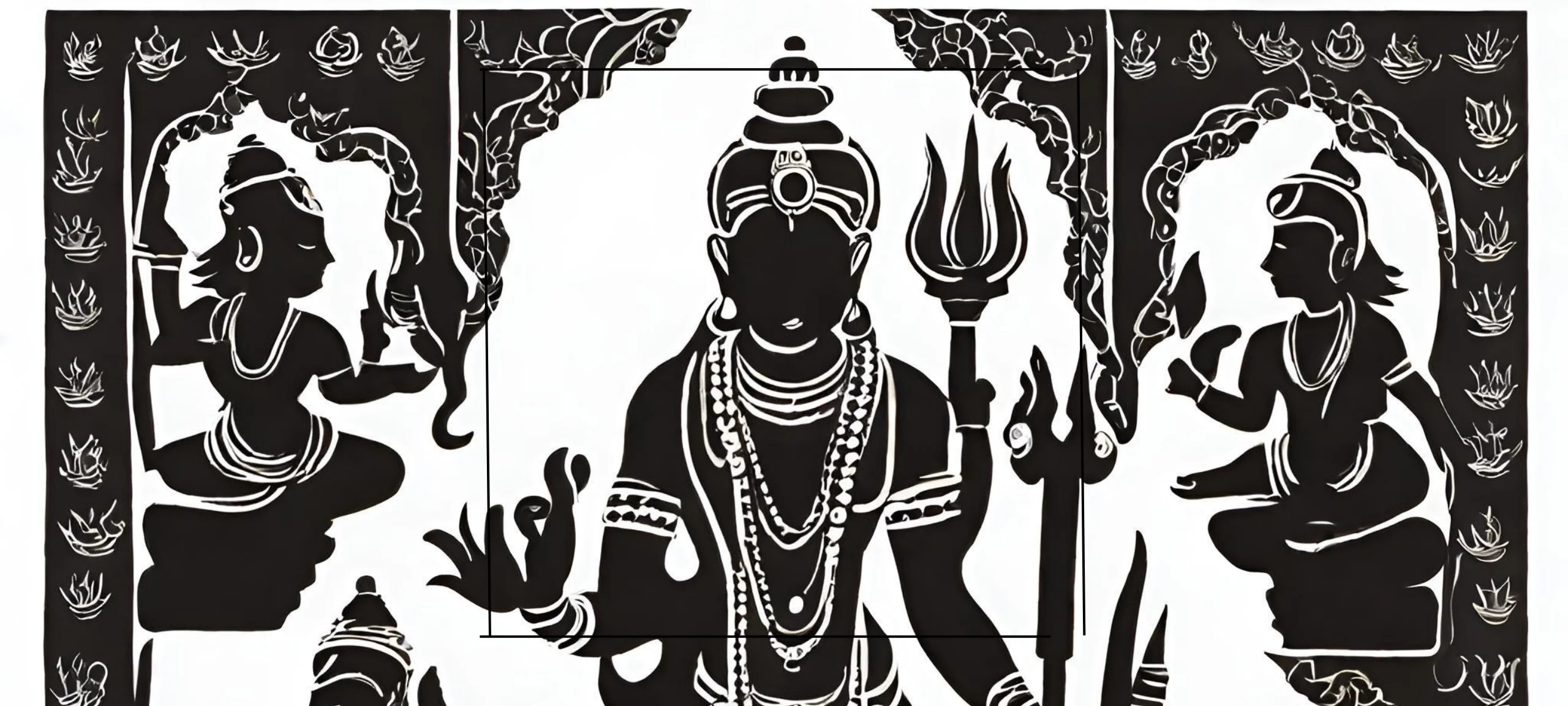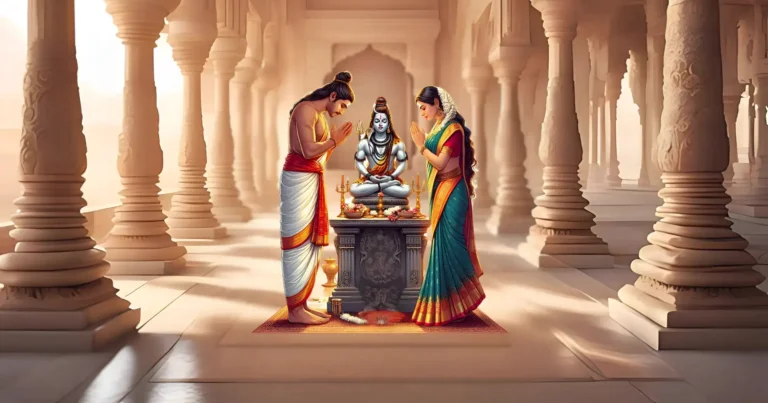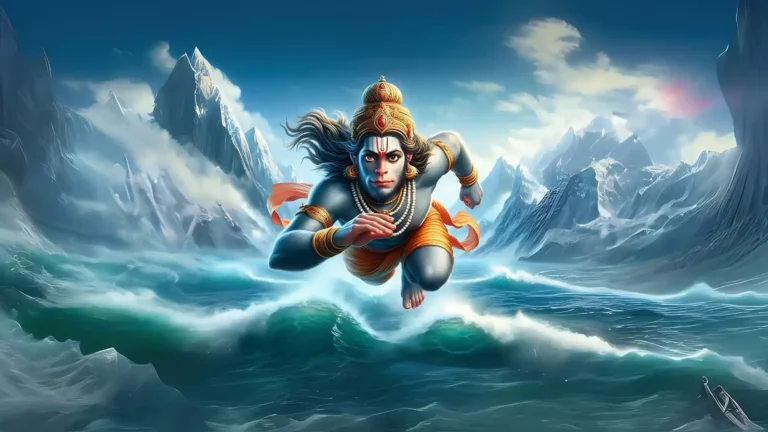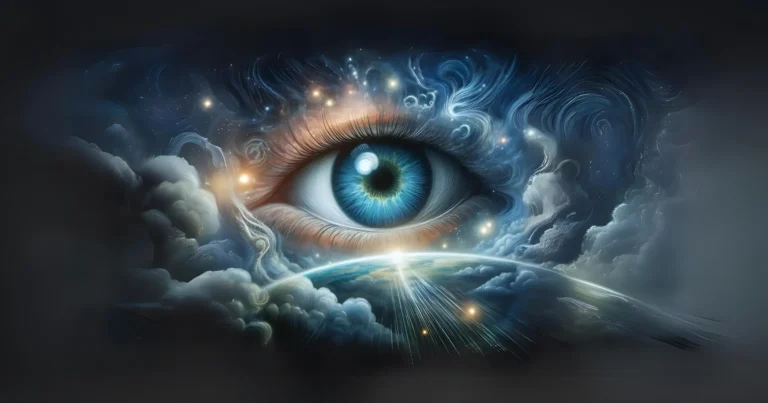Please Like the Blog and Share it for Maximum Reach
Table of Contents
Creation Theory of Chaturvyuha Vishnu
Sri Vaisampayana continues the story of creation, the story of Brahman itself. This segment is a part of the Mahabharatha scripture
Sri Vaisampayana explains: Initially, there were 4 aspects of Brahman namely Vasudeva, Sankarshana, Pradyumna, and Aniruddha.
They existed, resting on the milk ocean. These 4 aspects of Brahman are known as Chaturvyuha (चतुर्व्यूह 4 aspects).
Sankarshana aspect of Brahman was in charge of all destructive activities. Pradyumna was responsible for all creative activities.
Aniruddha was responsible for the maintenance activities of the universe. It was from the navel of Aniruddha that the material cause for creation, Brahma appeared. However, the raw materials for creation such as earth, water, fire, air, and ether were created by the Supreme Lord, Vasudeva. He is Brahman itself.
What are the 24 Achit Tattvas?
From the body of the Lord, the primary Achit element, (अचित) or Mula Prakriti (मूल प्रकृति fundamental non-sentience) emerged.
From Mulaprakriti, the Mahat-Tattva (महत् तत्त्व) is born.

The Mahat-Tattva then transforms itself into the Universal Ego (अहंकार).
Ahankara or the Universal Ego splits itself into three parts namely Sattvik Ahankara, Rajasic Ahankara, and Tamasic Ahankara.
From Sattvik Ahankara, 10 senses and the mind are created. The 10 senses have 5 Karma Indriyas (Hands, Legs, Excretion organs, Sexual organ, Organs of Speech) and 5 Jnana Indriyas (Eyes, Nose, Ears, Tongue, and Skin).
Mind is the leader of these 10 sense organs and hence becomes the 11th sense-component, the director. Only with the instruction of the faculty of the mind can these 10 organs function appropriately.
Hence there are 11 sense organs or Indriyas.
There are 10 Indriyas that are outward driven while mind is the 11th sense-organ which is inward driven. There are 5 sense-objects (Earth, Water, Fire, Air and Ether) and 5 sensory perceptions (sight, sound, smell, taste and touch) that are born out of Tamasic Ahankara.
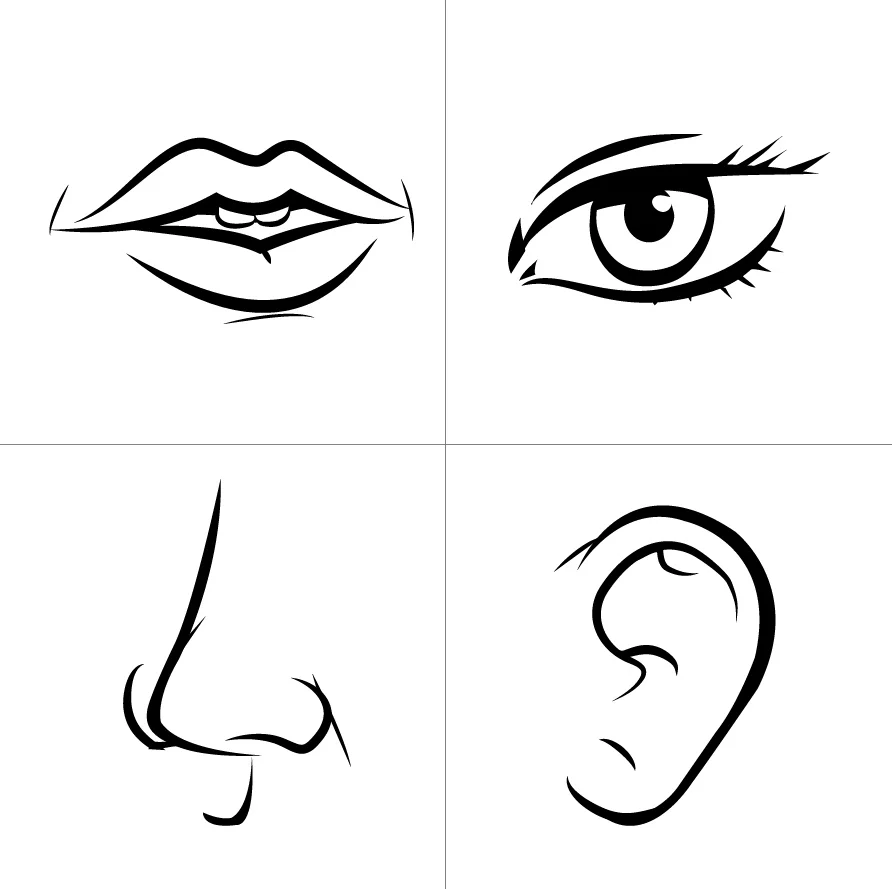
They have a direct effect on the 10 sense organs born out of Sattvik Ahankara.
Hence, 5 organs of Action + 5 sense organs, 1 mind of Sattvik Ahankara + 5 sensory perceptions, 5 Bhutah (Elements), make it 21 Achit Tattvas or matter. The 22nd element is Ahankara, which is the root cause for this diversification.
23rd Element is Mahat Tattva from where Ahankara sprang up.
And the last 24th element is Moola-Prakriti who is non-sentience personified, who emerged from the direct body of Sri Vishnu. The detailed process of creation by splitting elements to create variety is also called Panchikarana.
Bhagavatham: The 24 Achit elements
Sri Brahma reveals to Narada in the Srimad Bhagavatham.

Sri Narayana is beyond the 3 modes of material nature.
The 3 modes of Nature are manifestations of His moving energy, Maya. These modes of nature are responsible for the endless cycle of creation, maintenance, and destruction. To expand, creation, the latent aspects of Time, Karma, and Innate propensities of Jiva eject out of the Lord’s body.
With the existence of Time, there was turbulence created in the field of the 3 Gunas and the innate propensities brought about various transformations in them.
These transformations occurred by the Will of the Supreme Lord. Next, to evolve was Mahat Tattva, which was initiated by Karma. Mahat Tattva is cosmic intelligence whose predominant characteristics are Sattva and Rajas.
However, as further transformations took place in the Mahat Tattva a unique attribute came into existence. This new transformation, governed by the mode of Tamas (darkness) are built with three fundamental factors. They are Dravya (substance), Jnana (intelligence) and Kriya (activity).
This gave rise to what we know as Ahankara. Further, Ahankara undergoes a threefold transformation.
These 3 transformations are:
1) Vaikarika (Sattvika Ahankara)
2) Taijasa (Rajasika Ahankara)
3) Taamasa ( Tamasa Ahankara).
Evolution of Tamasa Ahankara

For Tamasa Ahankara evolved the 5 gross elements of nature.
The first to arise was Ether or void space element. The distinctive characteristic of the Ether element is Sabda or (Sound). This goes to say that all that exists in the gross platform, exists subtly in the form of sound or Sabda. It is sound alone that is the symbolic representation of the cosmic creation.
From Ether, sprang up the air element. The sensation or touch is the predominant characteristics of the air elements.
Like the theory of genetics where children imbibe characteristics of qualities from their parents, the 5 gross elements also have inherent characteristics of their causal elements.
So, along with touch, the air element has an innate characteristic of Sound as well, as its causal element, ether has this as its predominant characteristic. The evolution cycle continues to transfer its intrinsic qualities to its product elements, like in the case of fire, water, and space. Now, ‘air’ under the influence of time, destiny, and effects of individual souls, undergoes a transformation.
It yields fire whose symbolic characteristic is color. However, sound and touch are innate characteristics of the fire element. Now to undergo transformation is the fire element from which water sprang up and having taste as its predominant characteristic, it has innately present within itself the characteristics of sound, touch, and color.
After water underwent transformations, the Earth element came into existence. It has within itself all the characteristics of Sound, Touch, Color, and Taste as a passing quality from its causal element.
In a Nutshell-
Tamasika Ahankara gave rise to 10 attributes. They are-
5 ( Bhutah) a.k.a Sense Objects (after evolution) and
5 (Tan Matras) sensory perceptions.
They can be understood in physical terms as Earth, as in mud or flowers (a product of the Earth element) can be smelt. So, we can taste Water, see fire, feel the air, hear sounds. There are 5 sense-objects and sensory perceptions that are born out of Tamasic Ahankara affect the 5 sense organs of Sattvik Ahankara.
Test your Alignment with the Spiritual Subject Matter (only 7 Questions)
The scores generated in this Quiz are relative. There are no right or wrong answers. A percentage towards 100 indicates that you are more aligned to the overall subject matter.
Evolution of Sattvika Ahankara
From the Sattvika Ahankara sprang up the Cosmic Mind. Along with the cosmic mind, Sattvika Ahankara gave rise to the presiding deity of the Mind, the Moon God. Additionally, the presiding deities of the 5 senses of perception (Jnanedriyas) and 5 organs of Action (Karmendriyas)
These 10 deities
1) Dig Devatas preside over the Auditory senses, the ears
2) Wind God presides over the sense of touch, the skin
3) Sun God presides over the sense of sight, the eyes
4) Varuna, (God of Water) presides over the sense of taste, the tongue
5) The twin, Ashwini Devatas preside over the sense of smell, the nose.
6) Fire God presides over the organ of speech, the throat
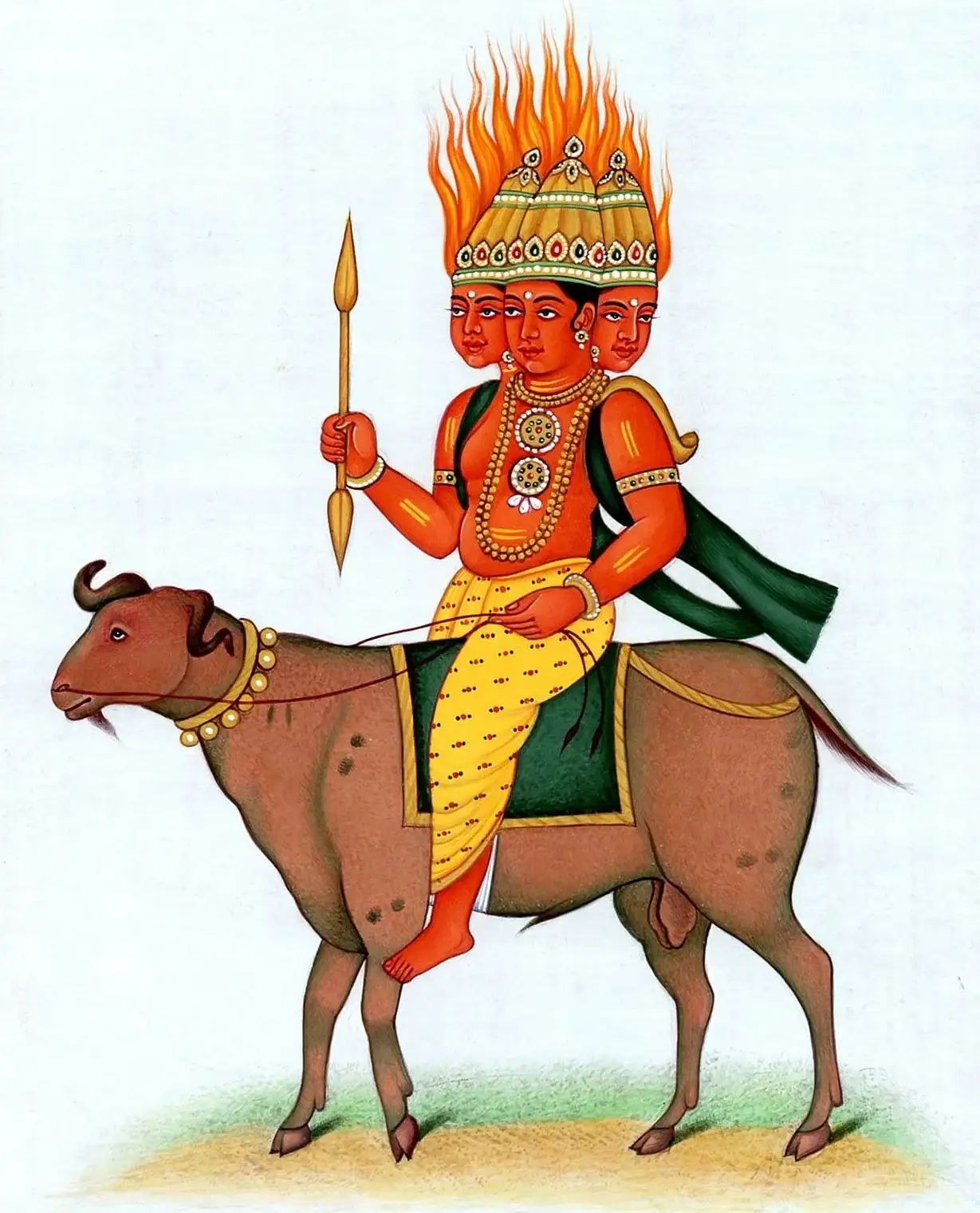
7) God of Heaven, Indra Devata, the god of action, executed by the upper limbs, the hands
8) Upendra (Vamana form of Lord Vishnu, born from the womb of Devi Aditi), the presiding deity of the organs of action, the lower limbs, the feet.
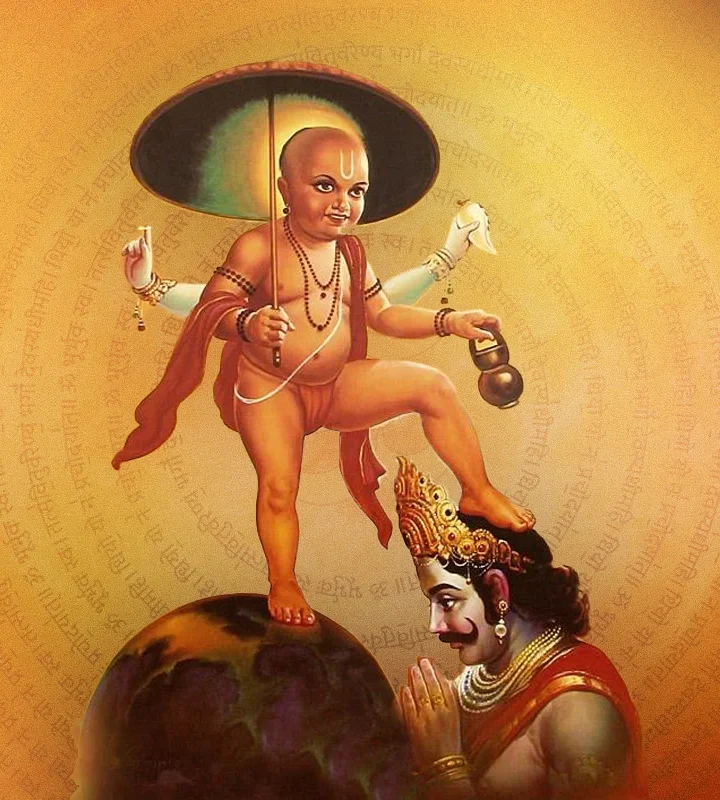
9) Mitra (one of the 12 sons of Aditi), the presiding deity of the organs of excretion, the anus.
10) Prajapati is the presiding deity over creation. He is the god of the organ of generation, the genitals.
Evolution of Rajasa Ahankara
Sri Brahma continues to explain: “Oh Narada, as the transformation process of Rajasika Ahankara came to fruition, the 5 senses of action and 5 sense of perception came into existence.
These are 5 Karmendriyas and 5 Jnanendriyas.
5 Karmendriyas (Organs of Action): Throat, hands and feet, reproductive organs, and excretory organs. The 5 Jnanendriyas are Eyes, Nose, Ears, Tongue, and Skin.
Again, the intellect which is the faculty of cognition or all mental processes as well as Prana, the faculty of action, is also the evolutions of the Rajasika Ego only.
Without these categories, (that is: the gross elements, 3 modes of nature, the senses, and the mind) bodies cannot come into existence.
Please Like the Blog and Share it for Maximum Reach

